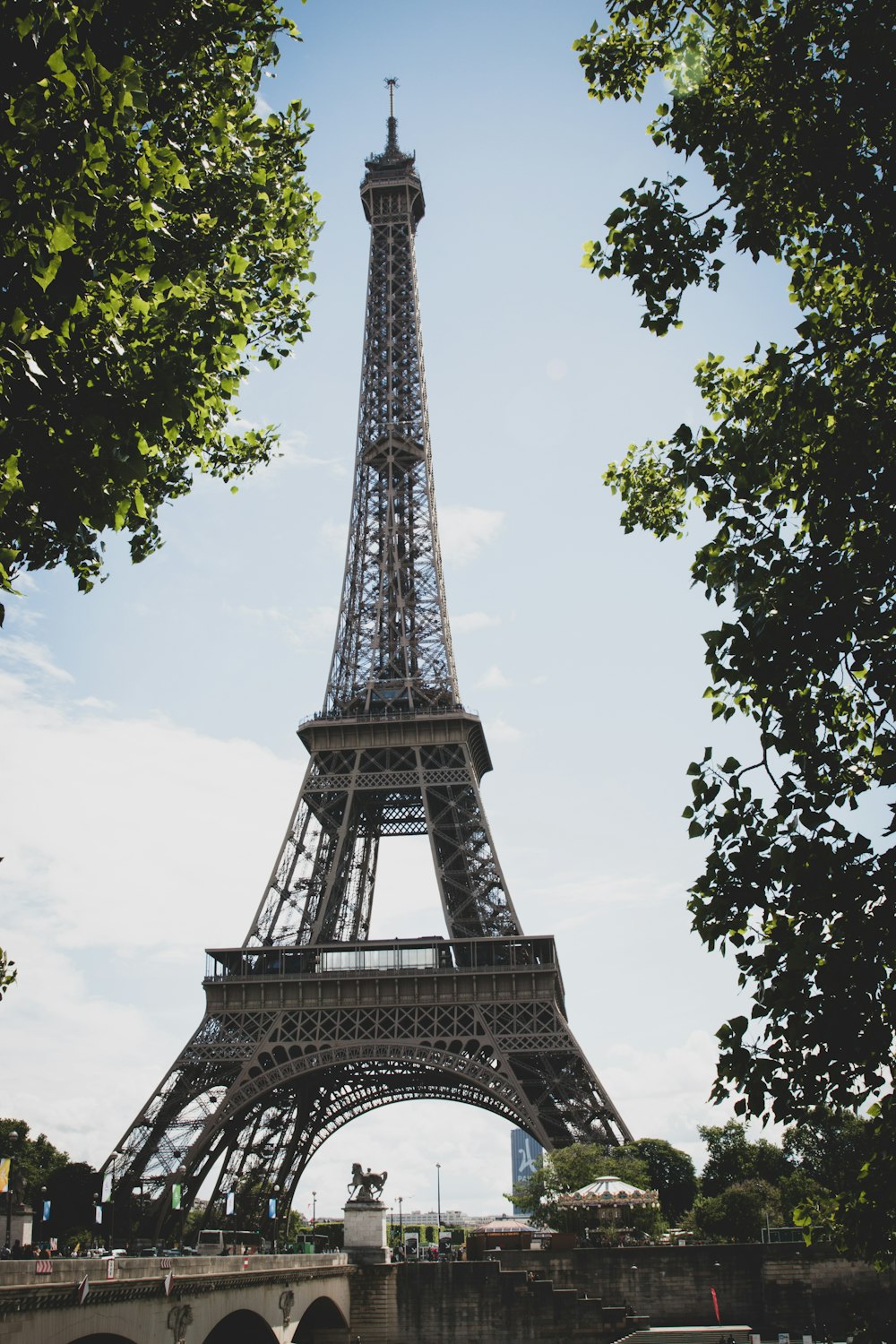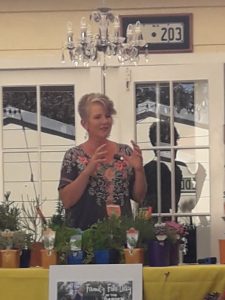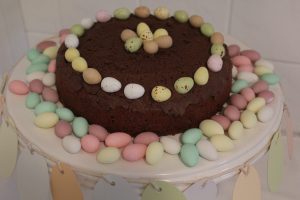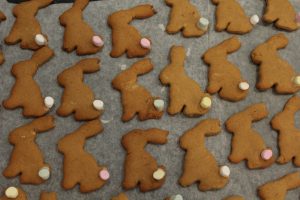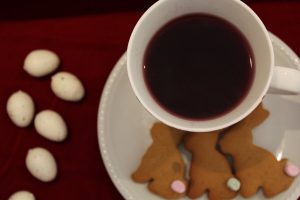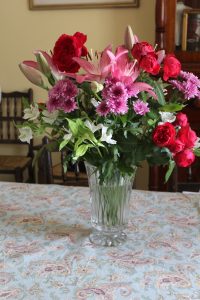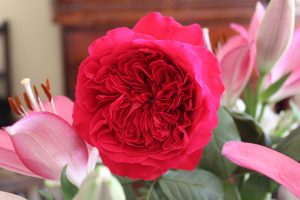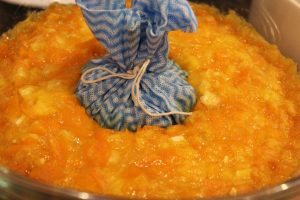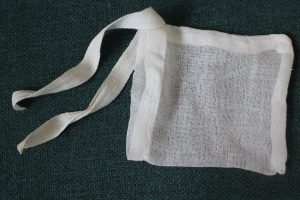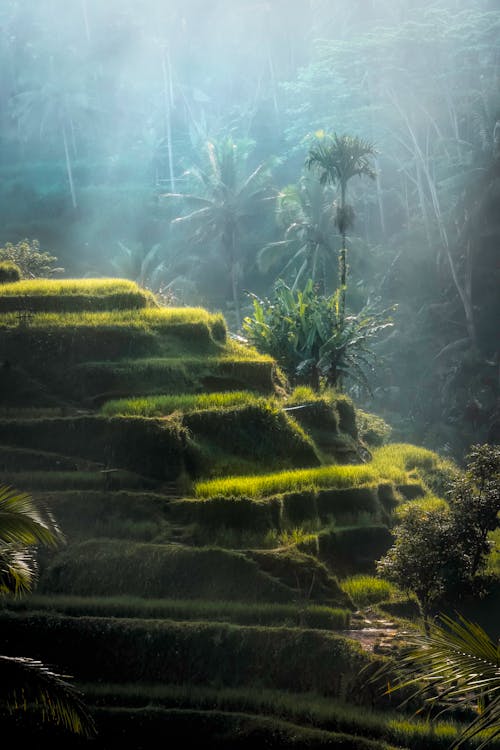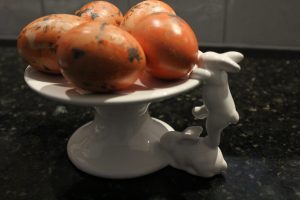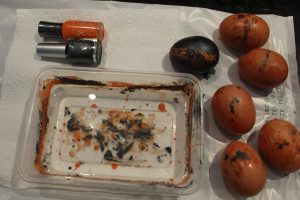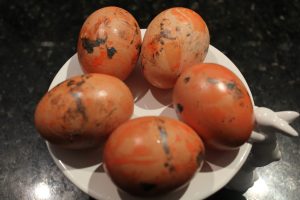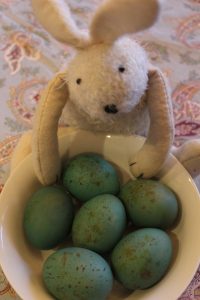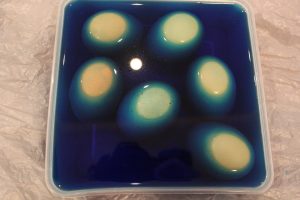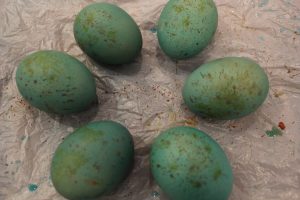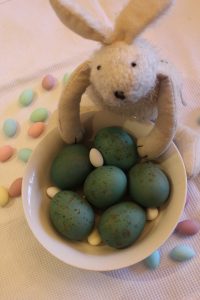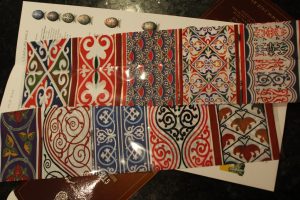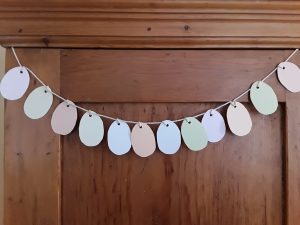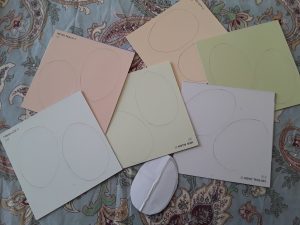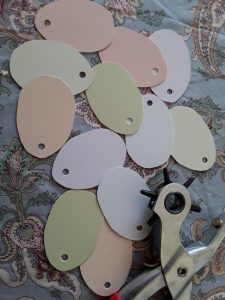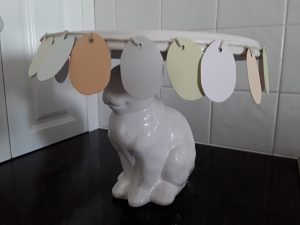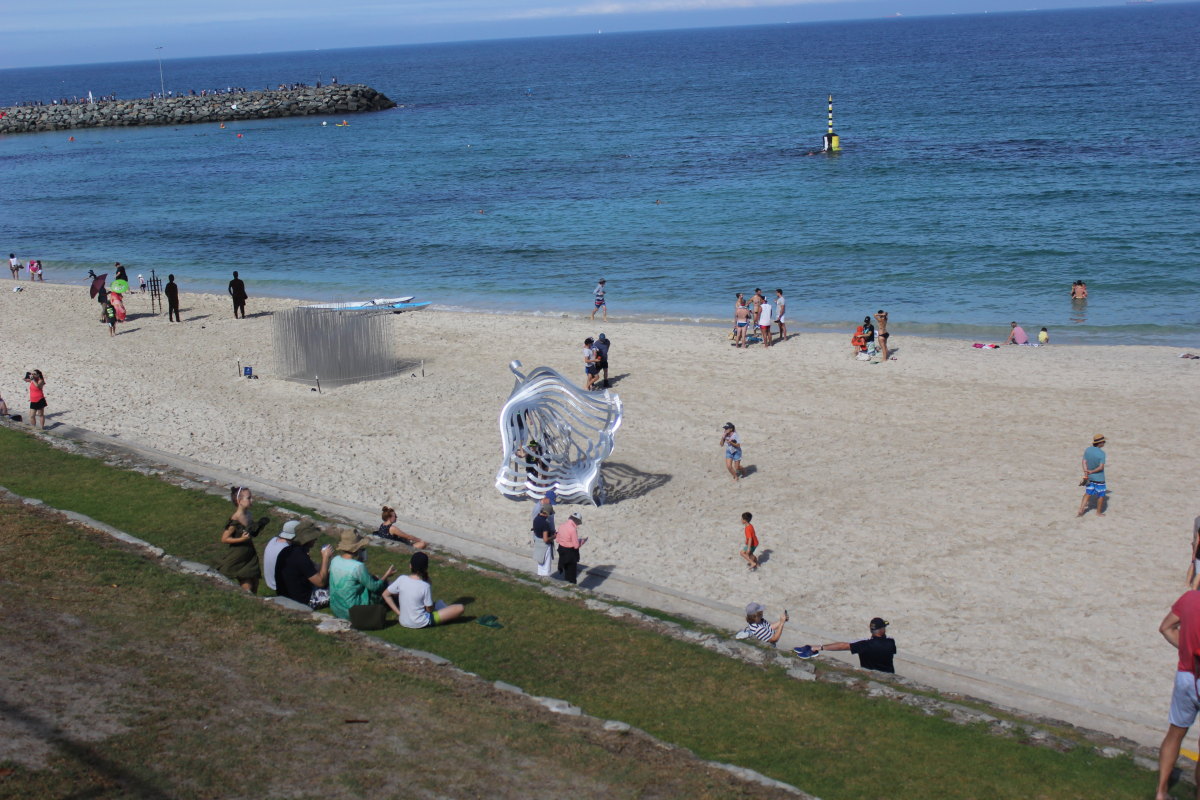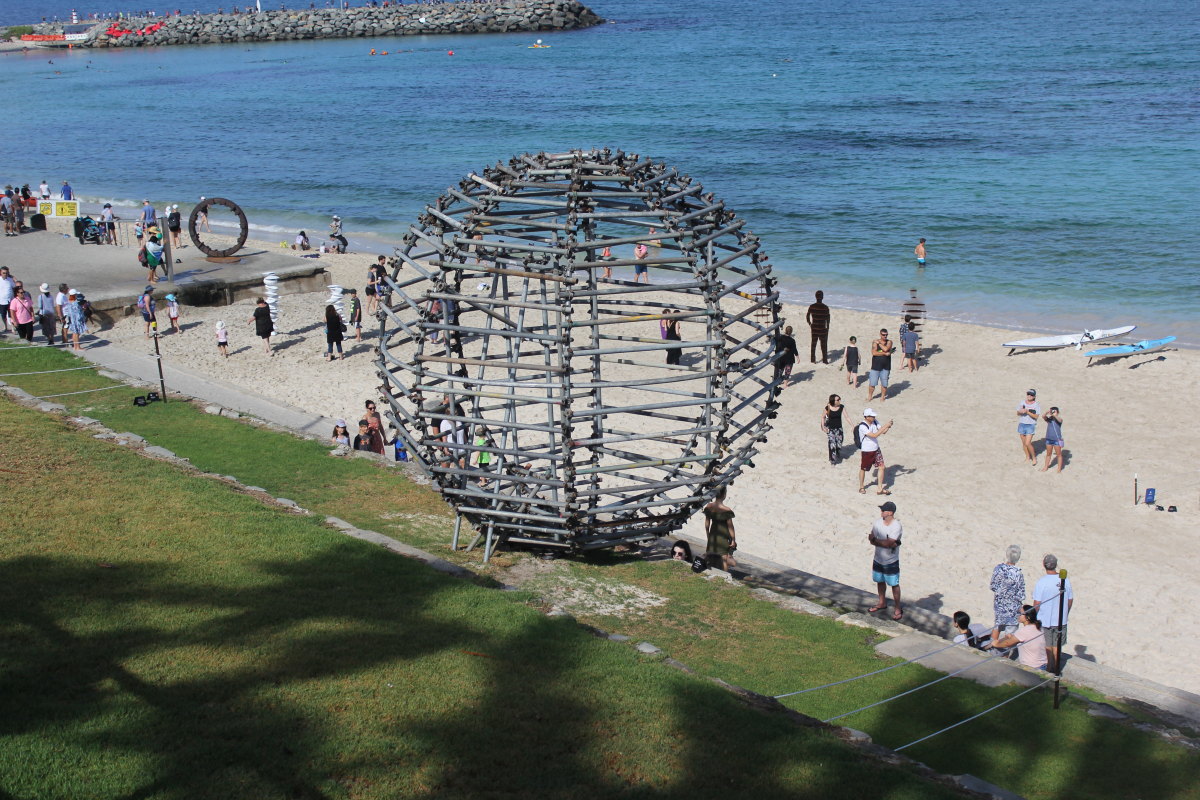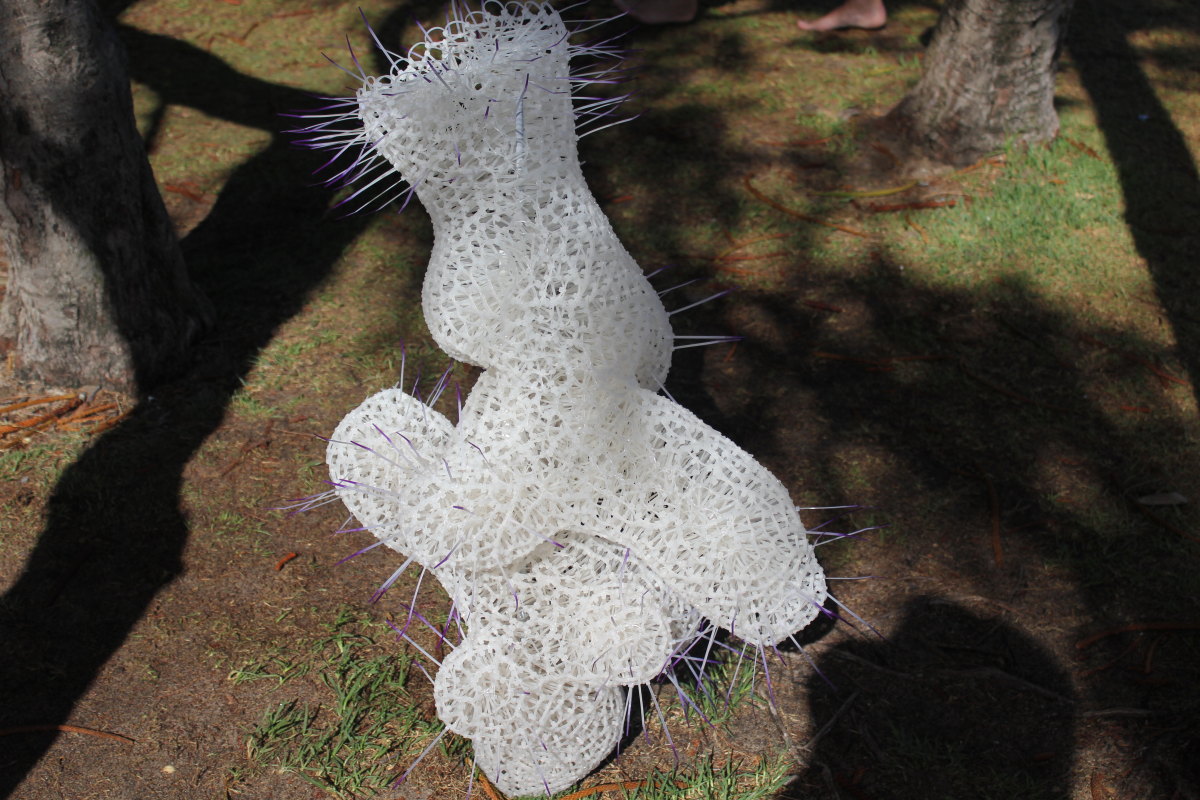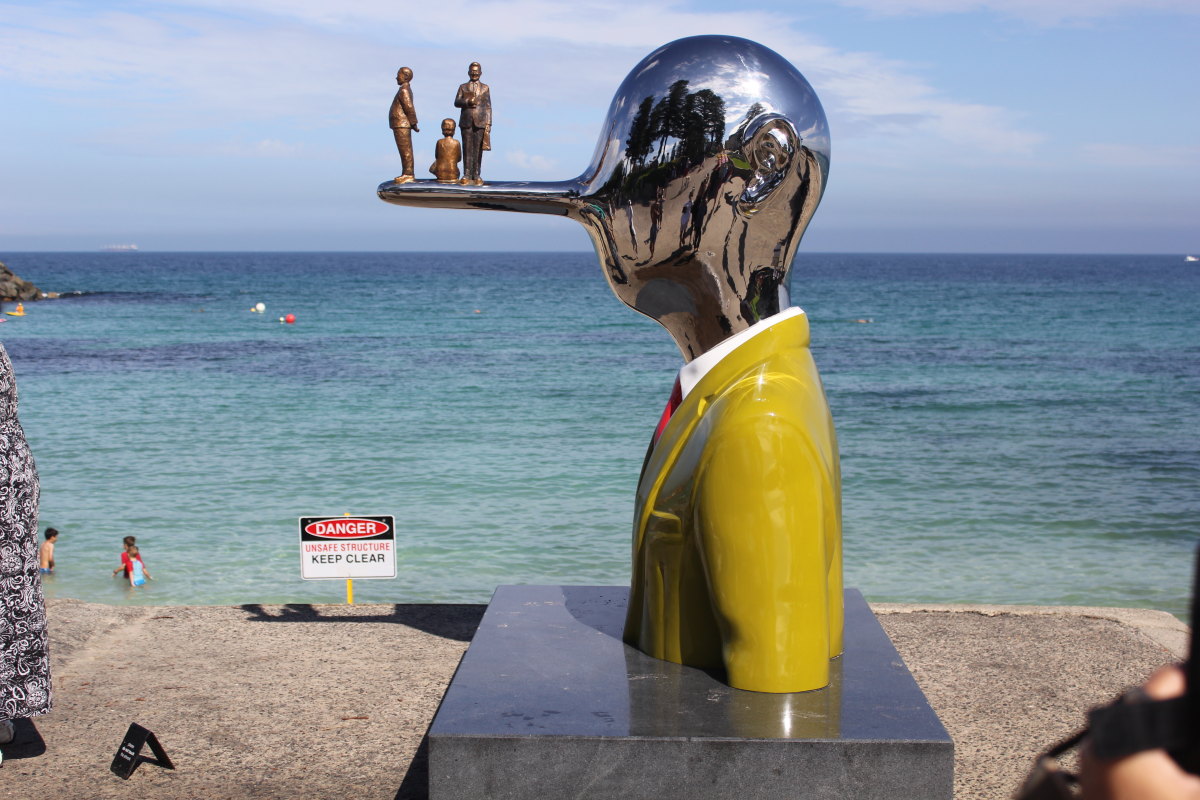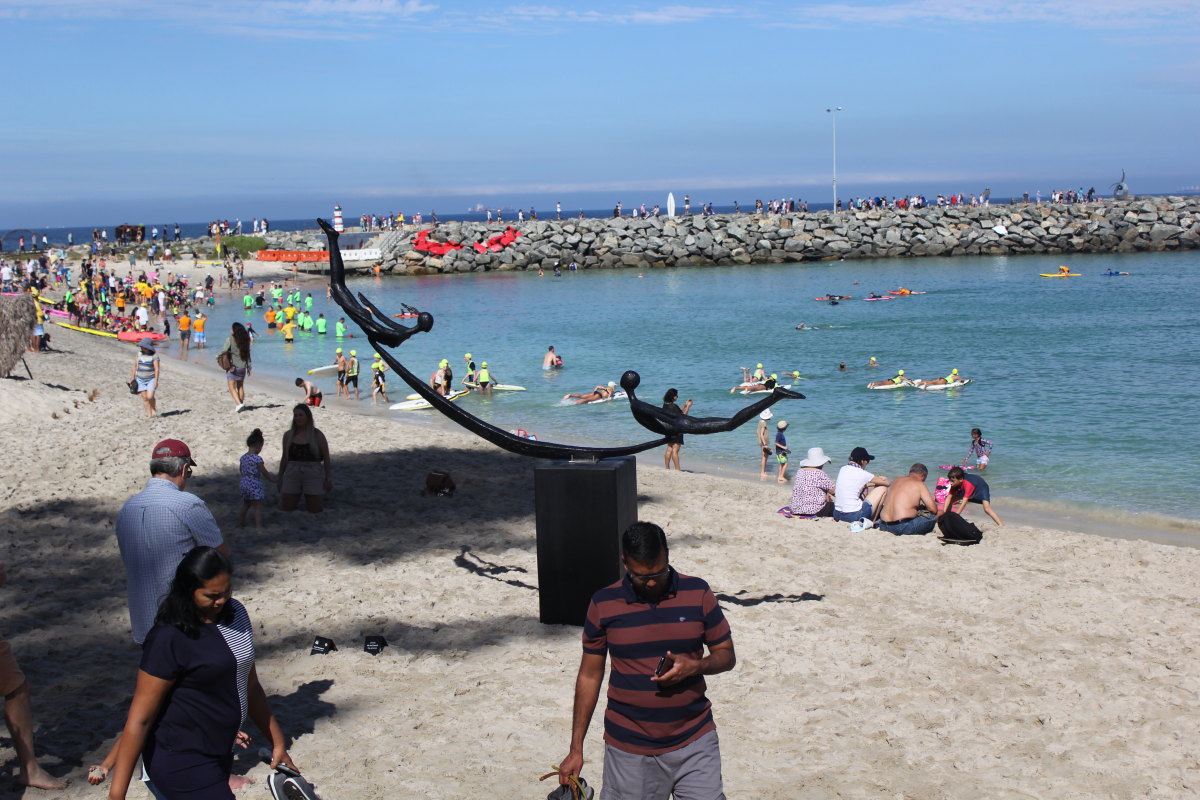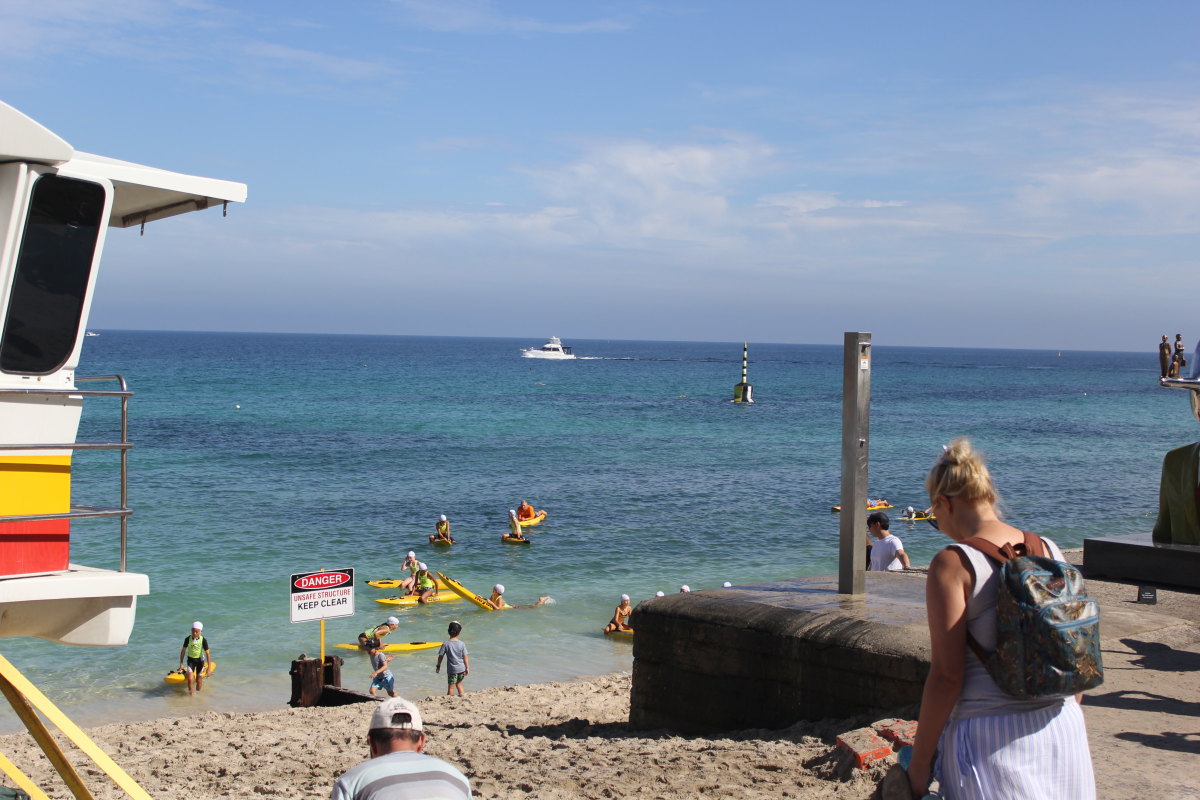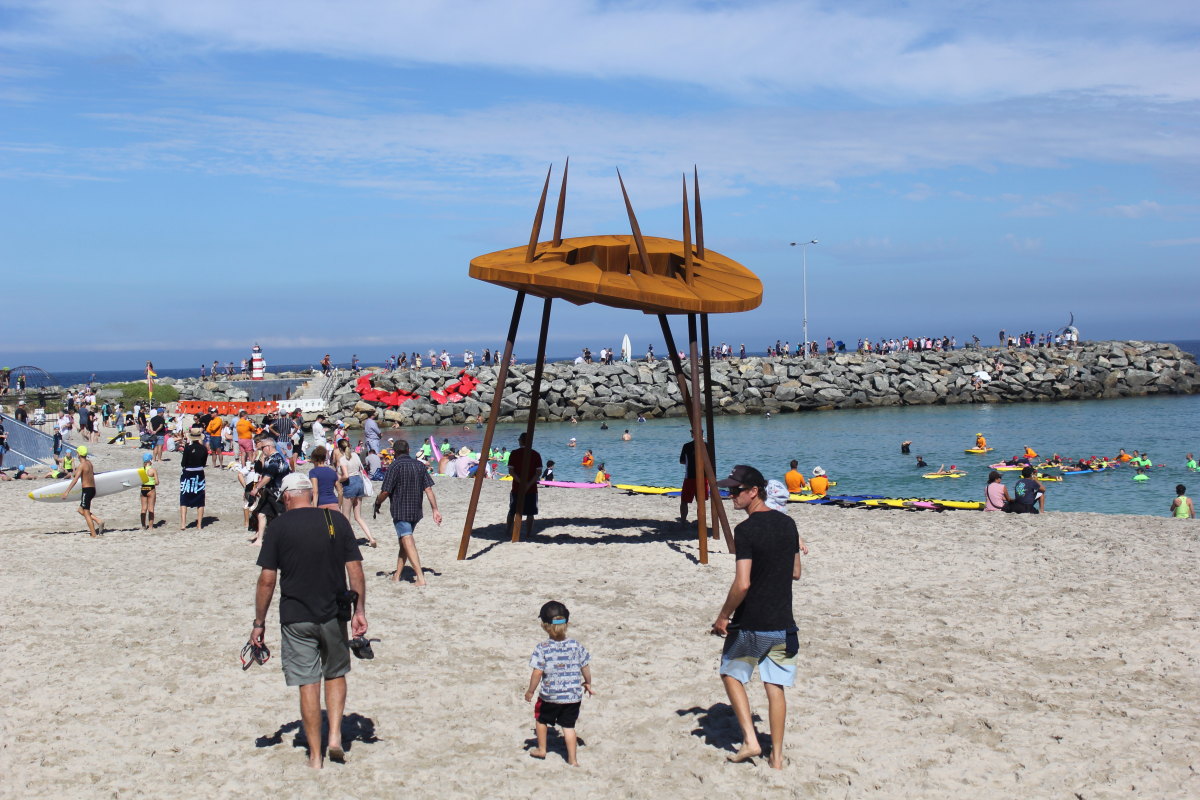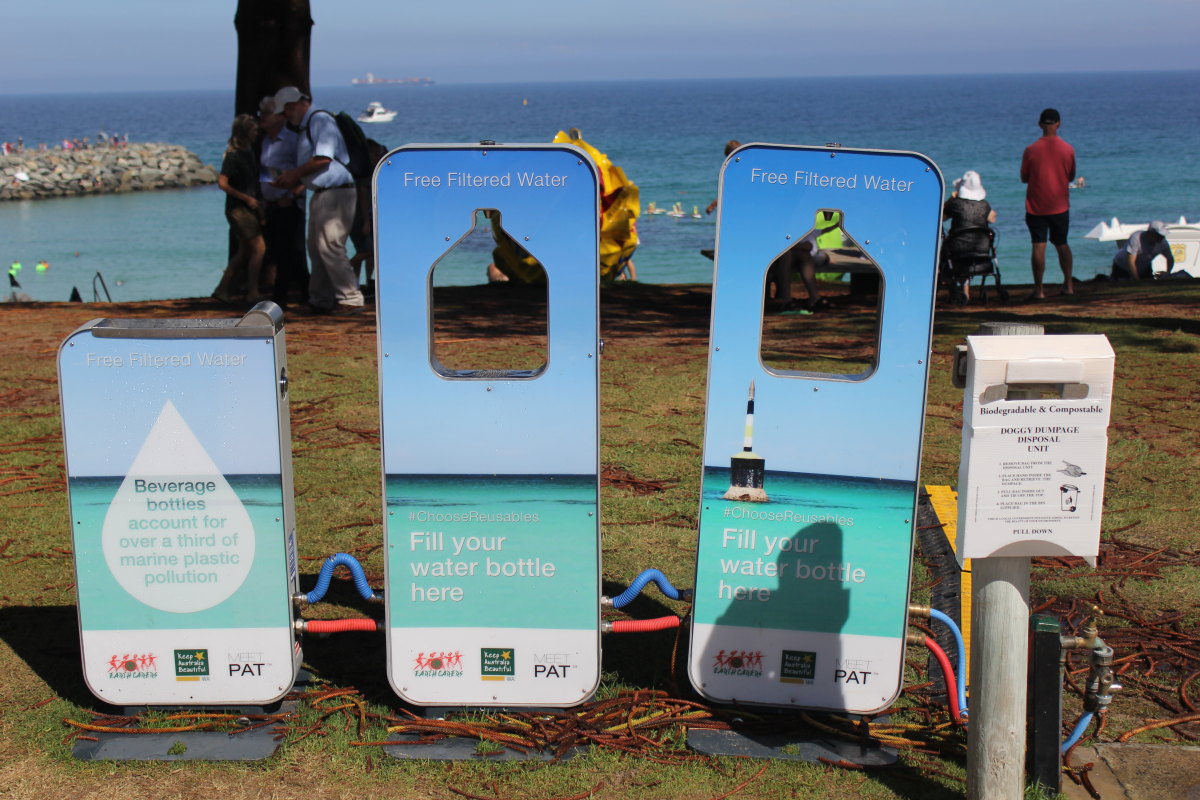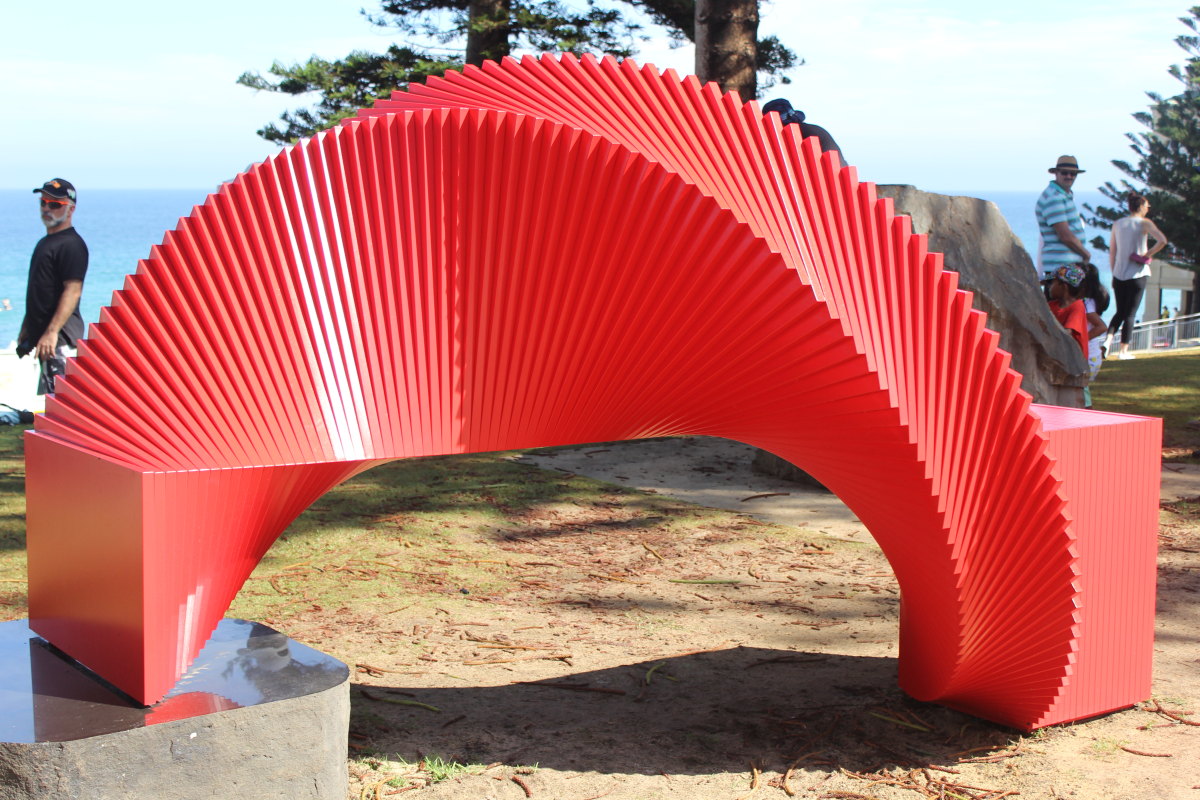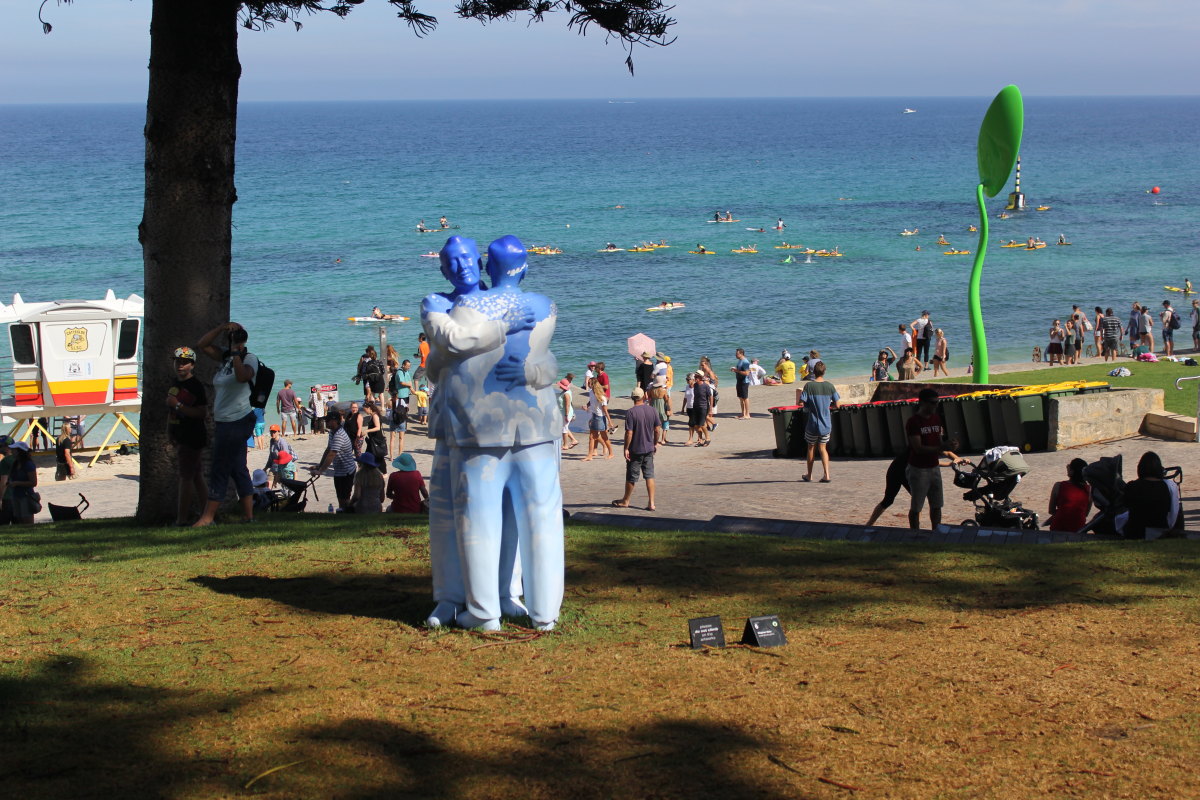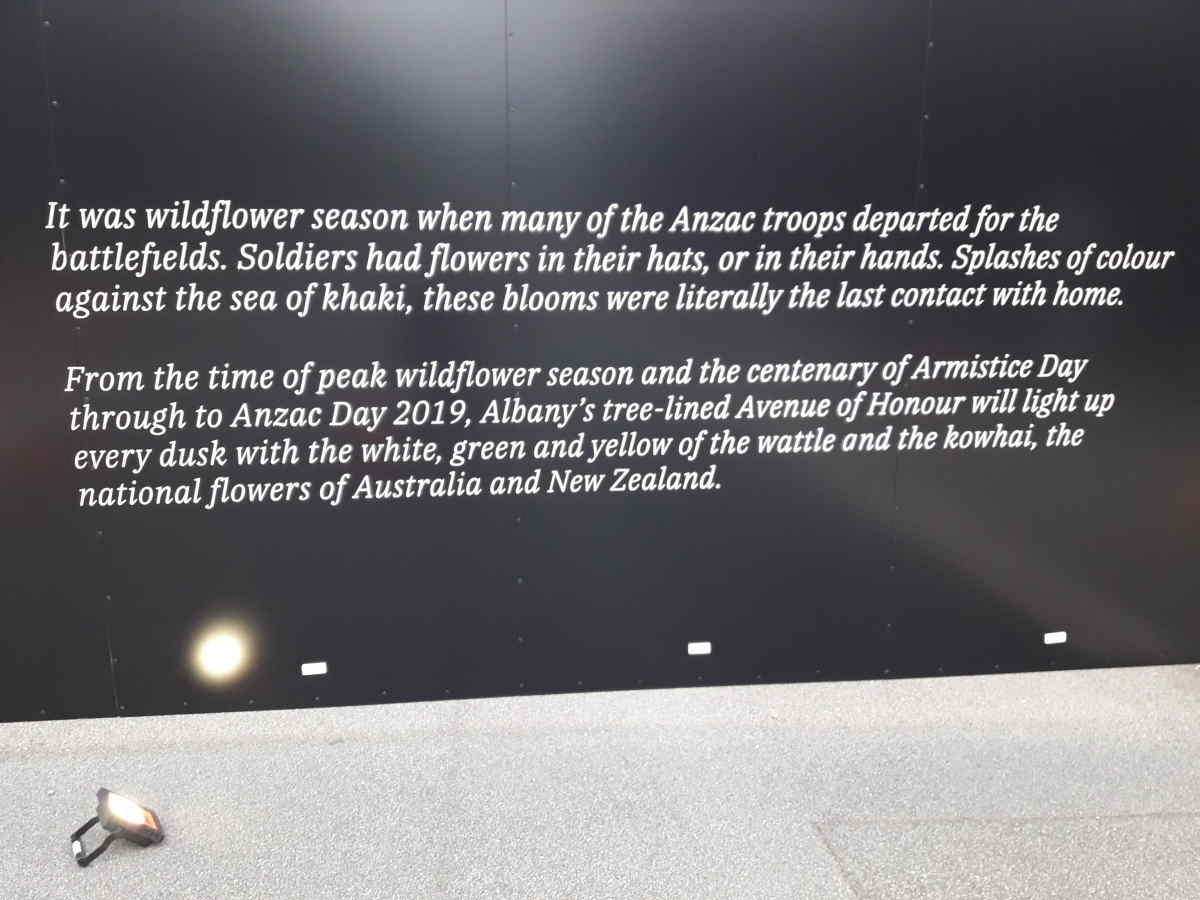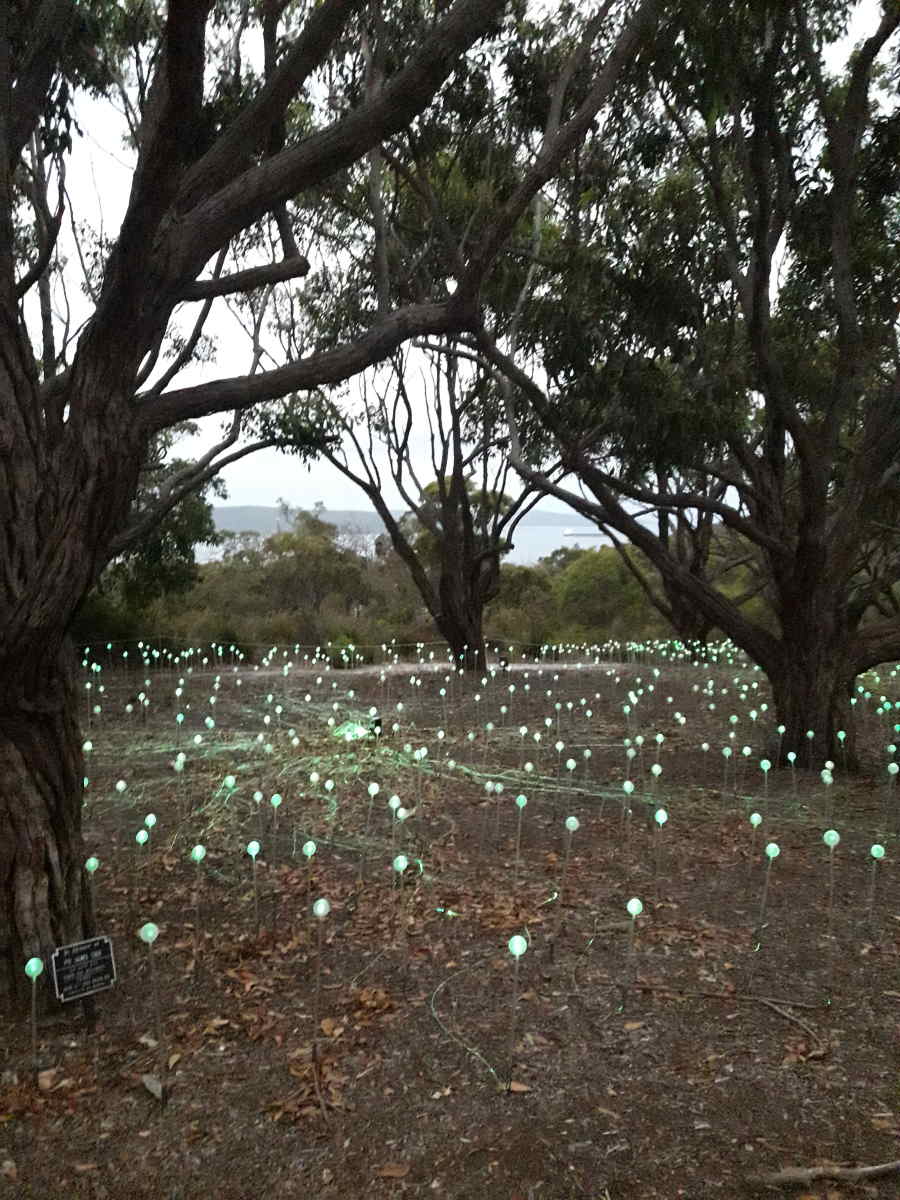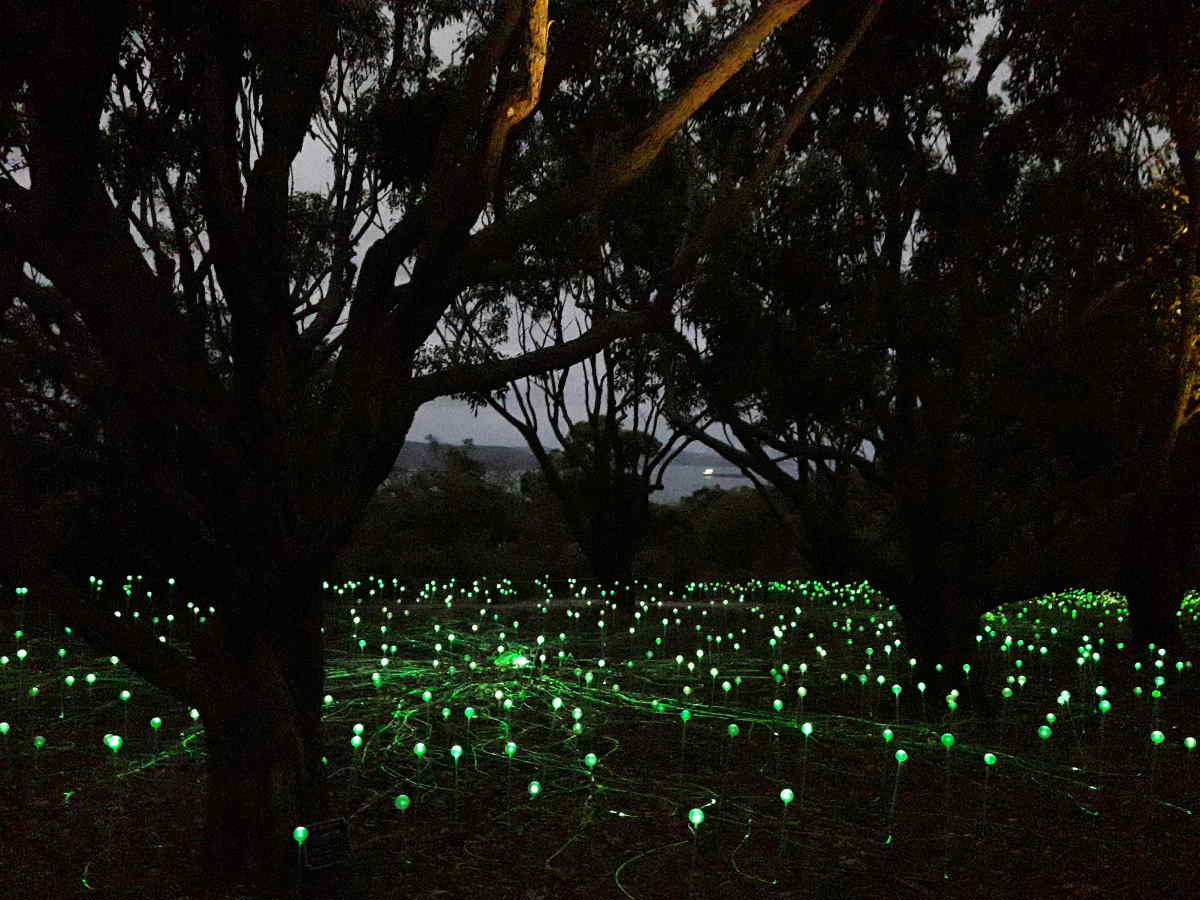EASTER
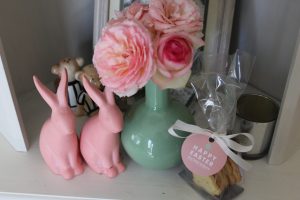

So what’s the Easter bunny got to do with Easter? Apparently derived from German Lutheran folklore, the rabbit, originally a hare, decided if children have been good or bad and distributed eggs accordingly.
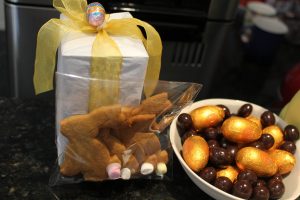

Gifts for friends and family treats. Lots of foods traditionally associated with Easter celebrations. We have fish on Friday and hot cross buns on Sunday and, of course, lots of chocolate, shared with family and friends.
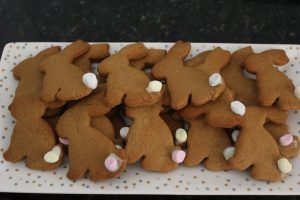

More gingerbread rabbits with marshmellow tails. Tasted good and made sweet little gifts in cellophane bags.
ANZAC DAY
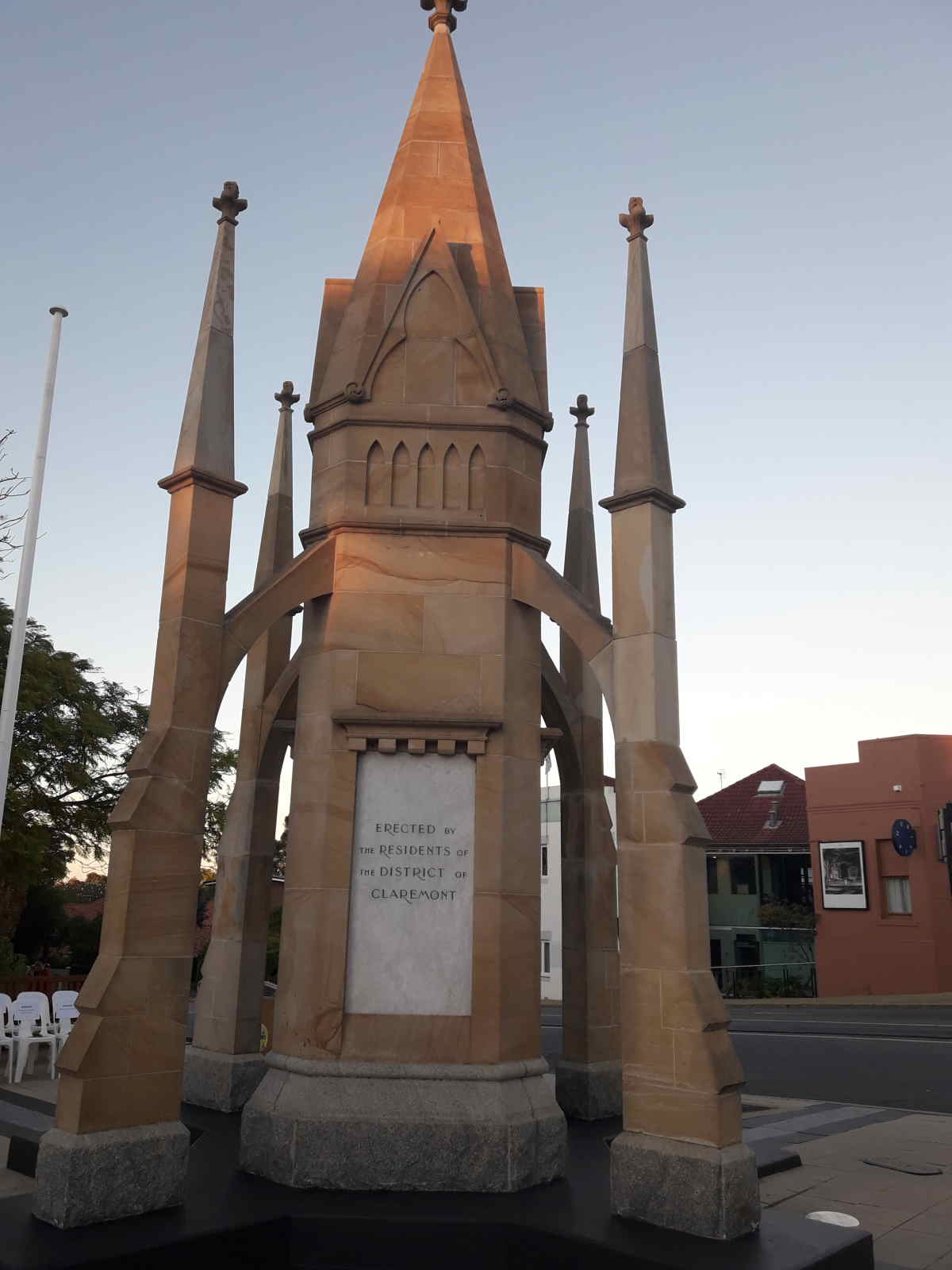

ANZAC DAY is the national day of remembrance in Australia and New Zealand commemorating all Australians and New Zealanders who served in wars, conflicts and peacekeeping operations. It is an opportunity to reflect on the freedoms of our country due to these actions of the armed services.
This is our local memorial soon after dawn.
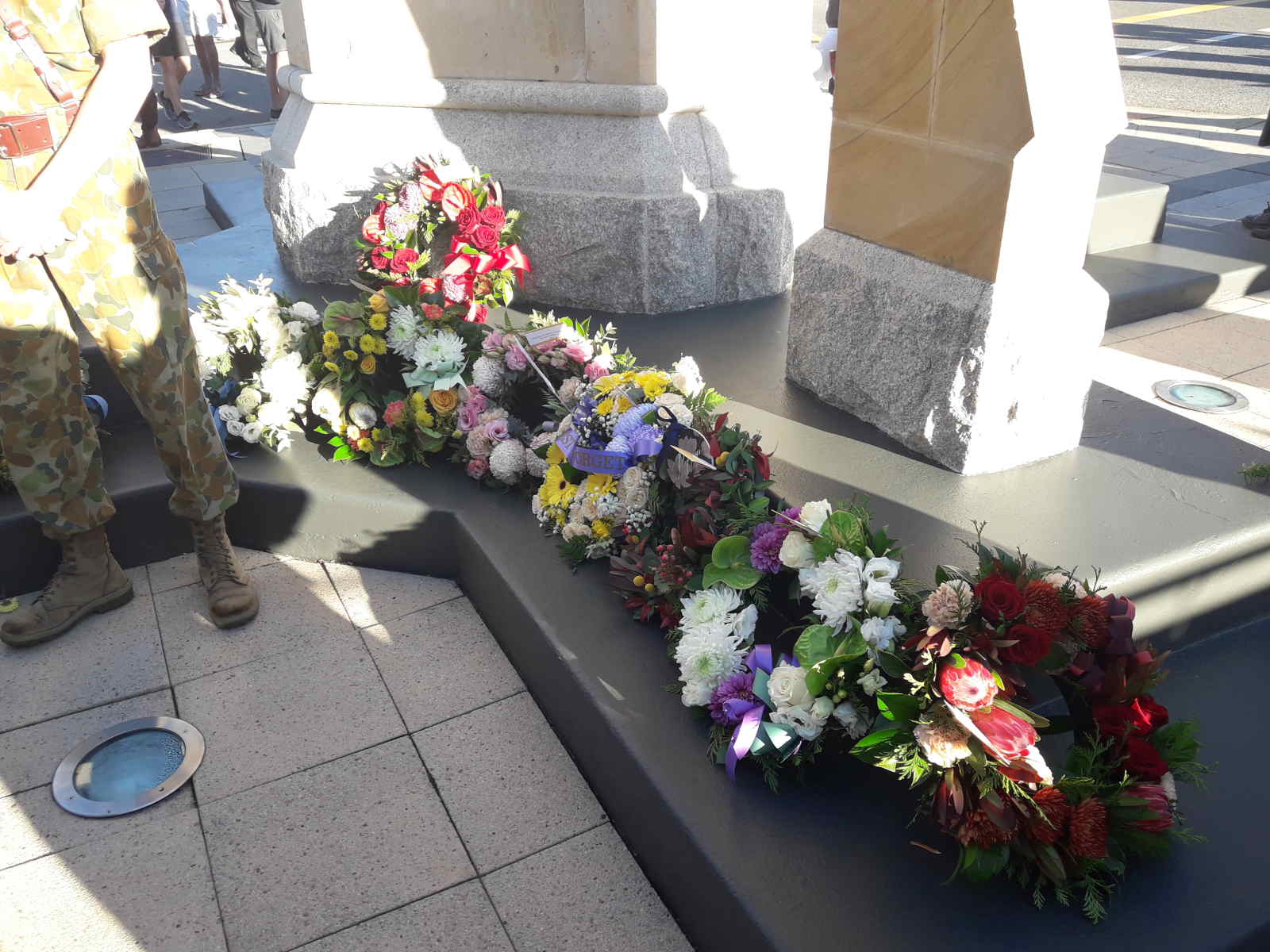

Many of us attend ANZAC DAY services, often marked by fly bys, the laying of wreaths and always by one minute of silence and remembrance. Then coffee, tea and Anzac biscuits with friends and family. It is a time I think of my Grandfather who was badly wounded in the battle at Villers Bretonneux in 1918 where the Anzac forces stopped the German breakthrough advance on Paris.
ANZAC stands for Australian, New Zealand Army Corps.
EIFFEL TOWER
Recognised the world over, like the Sydney Opera House, the iconic La Tour Eiffel, or Eiffel Tower celebrated its 130th birthday in March. It was built as the entrance arch for the Exposition Universelle, a world fair celebrating the first 100 years of the French Republic and intended to demonstrate the industrial prowess of France to the world.


Designed by Gustave Eiffel, originally the construction attracted ridicule and scorn. Now a landmark recognized worldwide, the 300 metre high Eiffel Tower attracts over seven million visitors a year. When it was complete, Gustave Eiffel walked the 1710 steps to the top and placed the French flag on the summit.
Did you know April is Gardening Month? Gardens have always been important as sources of food, medicines, for leisure plus habitats for insects and other animals. Gardens are vital to our survival. They can be either tiny or very large areas, surrounding your home or even some distance away, such as an allotment or community garden.
Gardening is enormously pleasurable for many people. I come from a long line of gardeners and wish I had more land to work with, but most of the land I have is used for growing food, flowers and herbs. Many members of my family are keen gardeners and grow their own food and flowers, some have chooks ( chickens) and fruit trees.
How will you celebrate Gardening Month?

